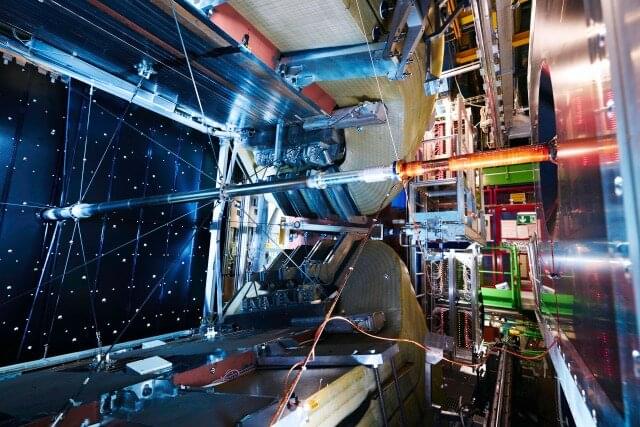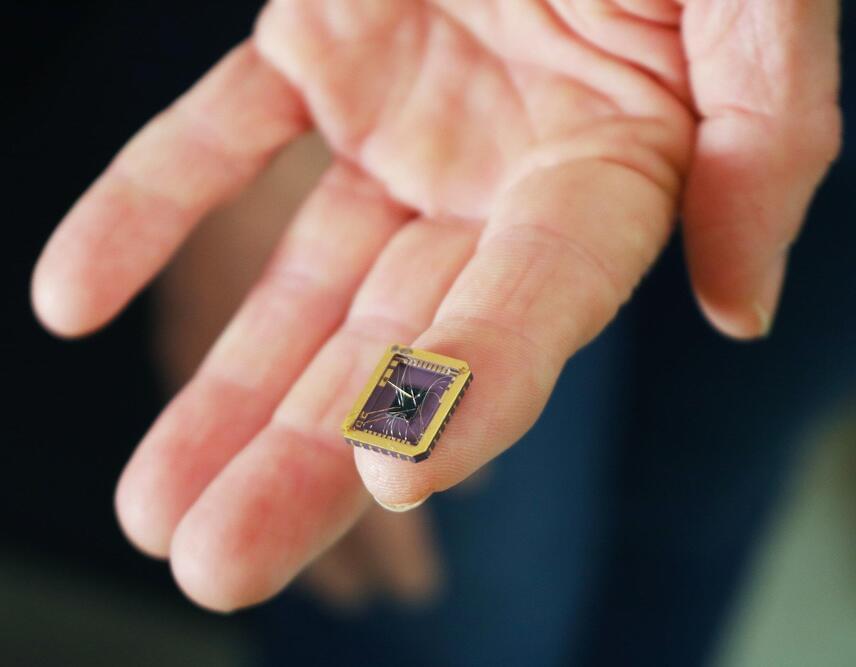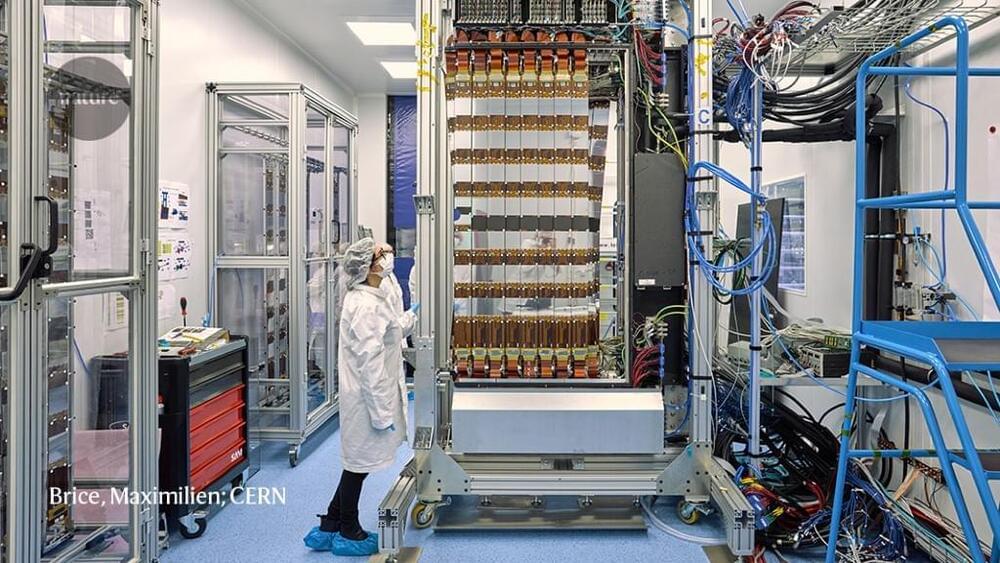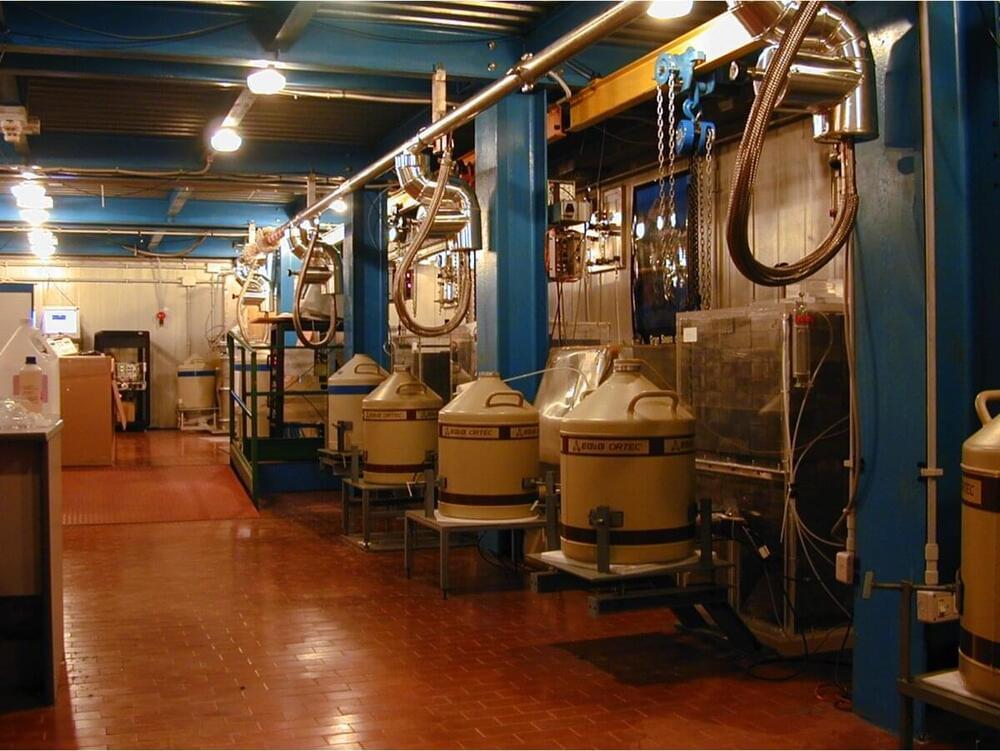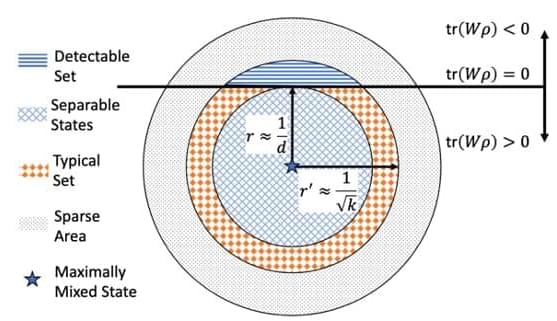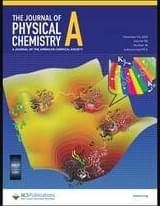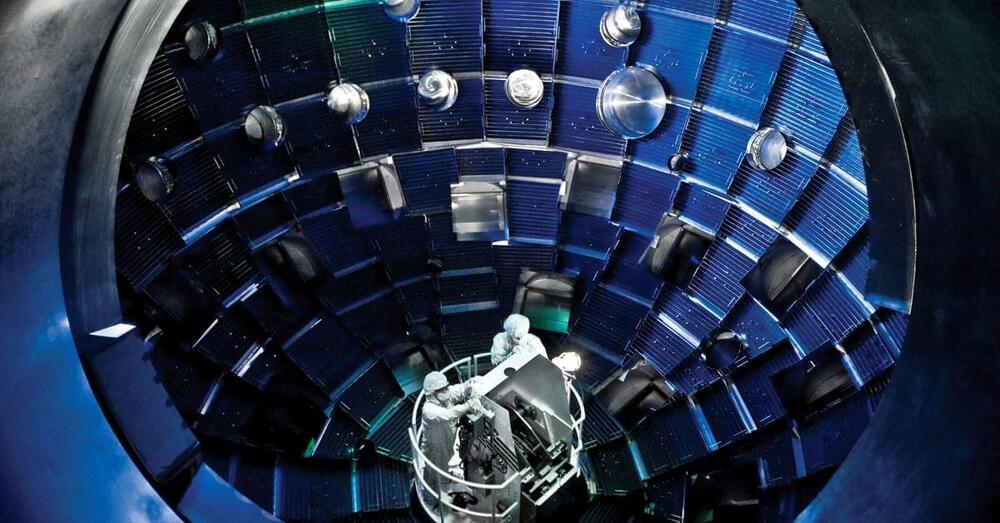Dec 22, 2022
CERN presents new measurements of rare decays that provide a high-precision test of lepton flavor universality
Posted by Paul Battista in category: particle physics
Today the international LHCb collaboration at the Large Hadron Collider (LHC) presented new measurements of rare particle transformations, or decays, that provide one of the highest-precision tests yet of a key property of the Standard Model of particle physics, known as lepton flavor universality.
Previous studies of these decays had hinted at intriguing tensions with the theoretical predictions, potentially due to the effects of new particles or forces. The results of the improved and wider-reaching analysis based on the full LHC dataset collected by the experiment during Run 1 and Run 2, which were presented at a seminar at CERN held this morning, are in line with the Standard Model expectation.
A central mystery of particle physics is why the 12 elementary quarks and leptons are arranged in pairs across three generations that are identical in all but mass, with ordinary matter comprising particles from the first, lightest generation. Lepton flavor universality states that the fundamental forces are blind to the generation to which a lepton belongs.
